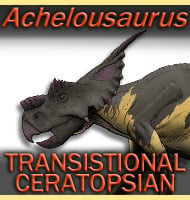Abditosaurus
In Depth Fossils of Abditosaurus were originally discovered in 1954 and then described in 1956 as belonging to Hypselosaurus. Further study later in the twentieth century however began to see the Hypselosaurus genus as a dubious one, and many fossils that were assigned to new genera. A fresh expedition to the 1954 discovery site between … Read more

